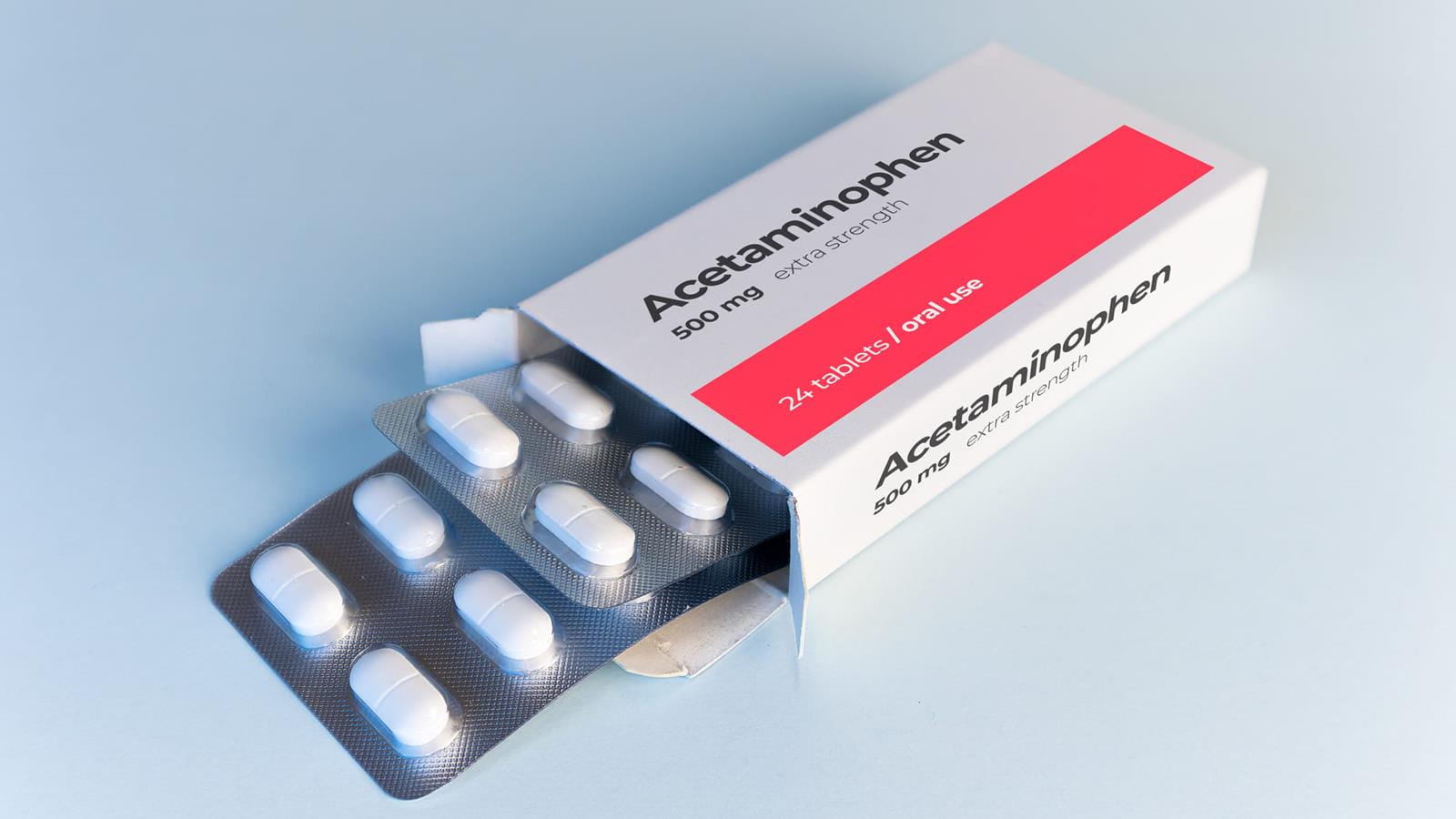Marathon Recovery Tips: Getting Back on the Road Safely

It’s marathon season in the northeast and the majority of premier running events are now taking place. Thousands of runners have spent the last several months training in preparation for their marathon event. However, many don’t put much thought into what happens after they cross the finish line. Once runners have completed their race and achieved their goals, there are measures they can take to facilitate recovery, decrease post- race discomfort and return to running without injury.
The following marathon recovery tips are recommended to bounce back from a marathon finish:
Eat and drink fluids within 30 minutes of finishing the marathon and take in healthy carbohydrates and proteins to replenish used energy stores. Over the next few days, eat often to aid recovery and avoid junk food.
Ice sore muscles and aching joints. Fifteen- to 20-minute sessions with ice packs are advised for as long as pain and swelling persists. For those more adventurous, a five-minute dip in an ice bath will work wonders. (Hint: get into a tub of cold water and add ice once you are in). Avoid using warm water baths or a hot tub until the pain and swelling has subsided. Heat will increase inflammation and will be counter-productive to recovery in the early stages.
Take a short walk on marathon night followed by gentle stretching that focuses on the leg muscles.
The day after the marathon, it is important to warm up stiff muscles enough to safely stretch them. The warm up can be an easy bike ride, swim or light jog that is no longer than 5 miles, all performed at a conversational pace.
Arrange for a gentle, post-event massage from a massage therapist familiar with a marathoner’s needs. A massage two hours after finishing the race will help flush out the metabolic waste products of exercise that build up in muscles during the marathon. Avoid deep tissue, Shiatsu and Swedish massage, which may further inflame already sore muscles. Some runners prefer to wait 2-3 days until they are less sore to have a massage.
Focus on recovery the week after the marathon and run no more than 25 percent of average pre-marathon miles during this week. Run on grass, gravel or dirt trails to minimize impact on already sore muscles and joints.
During the month following the marathon, ramp up mileage gradually and avoid long runs and speed work during the early recovery phase. One runner’s rule of thumb when ramping up mileage is to take one week off from competitive running (racing) for every hour run during the marathon.
Create post-marathon race goals, whether it is a 5K or the next marathon, in order to stay motivated to continue running after the big day.
Dr. Robert Maschi is five-time marathon veteran and an assistant clinical professor in the Department of Physical Therapy and Rehabilitation Sciences at Drexel. He is also a practicing physical therapist in the Drexel University Physical Therapy Services Practice in the Drexel Recreation Center. To schedule an appointment with a physical therapist in this location, call 215-762-2021.
Drexel News is produced by
University Marketing and Communications.
